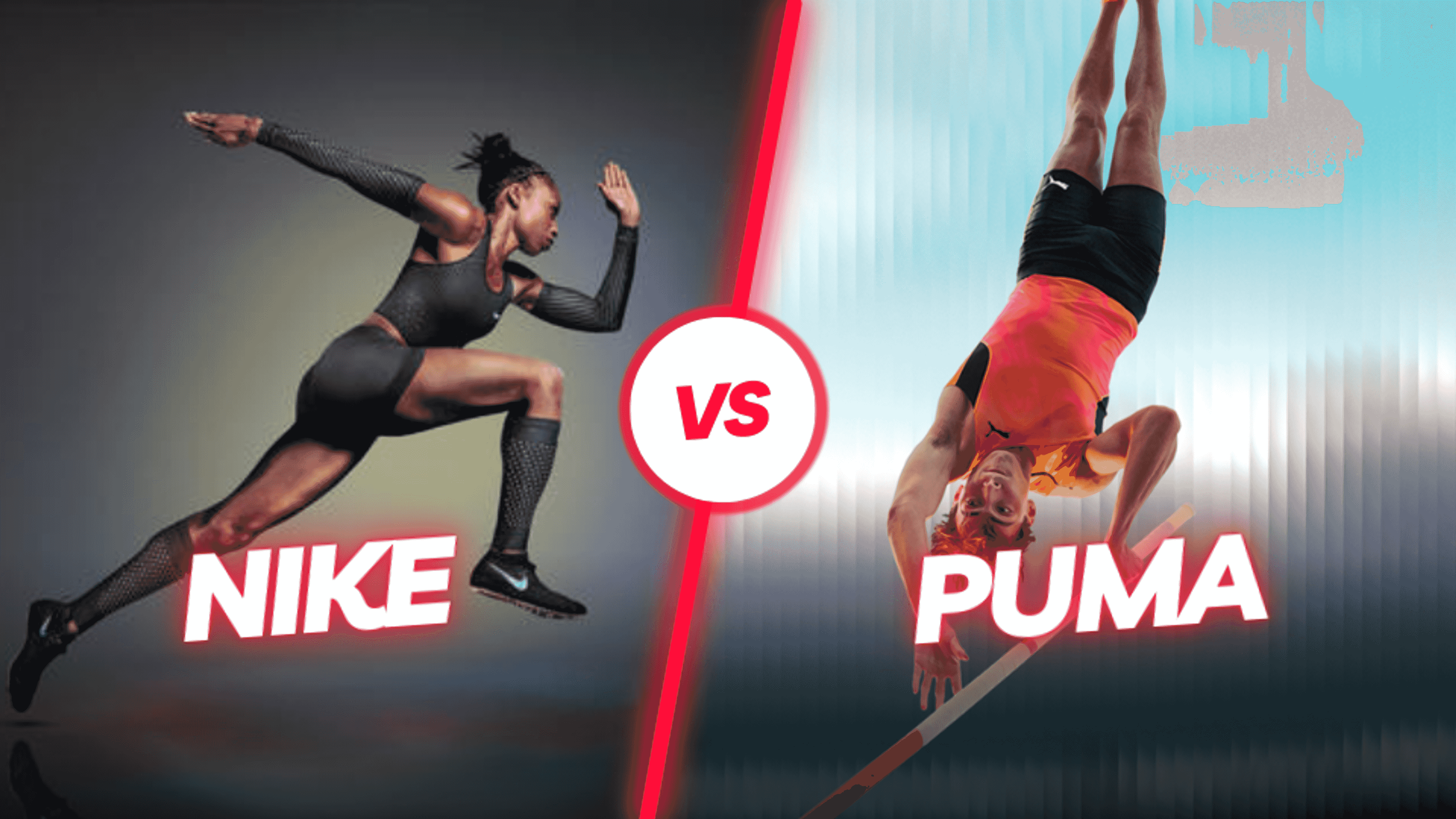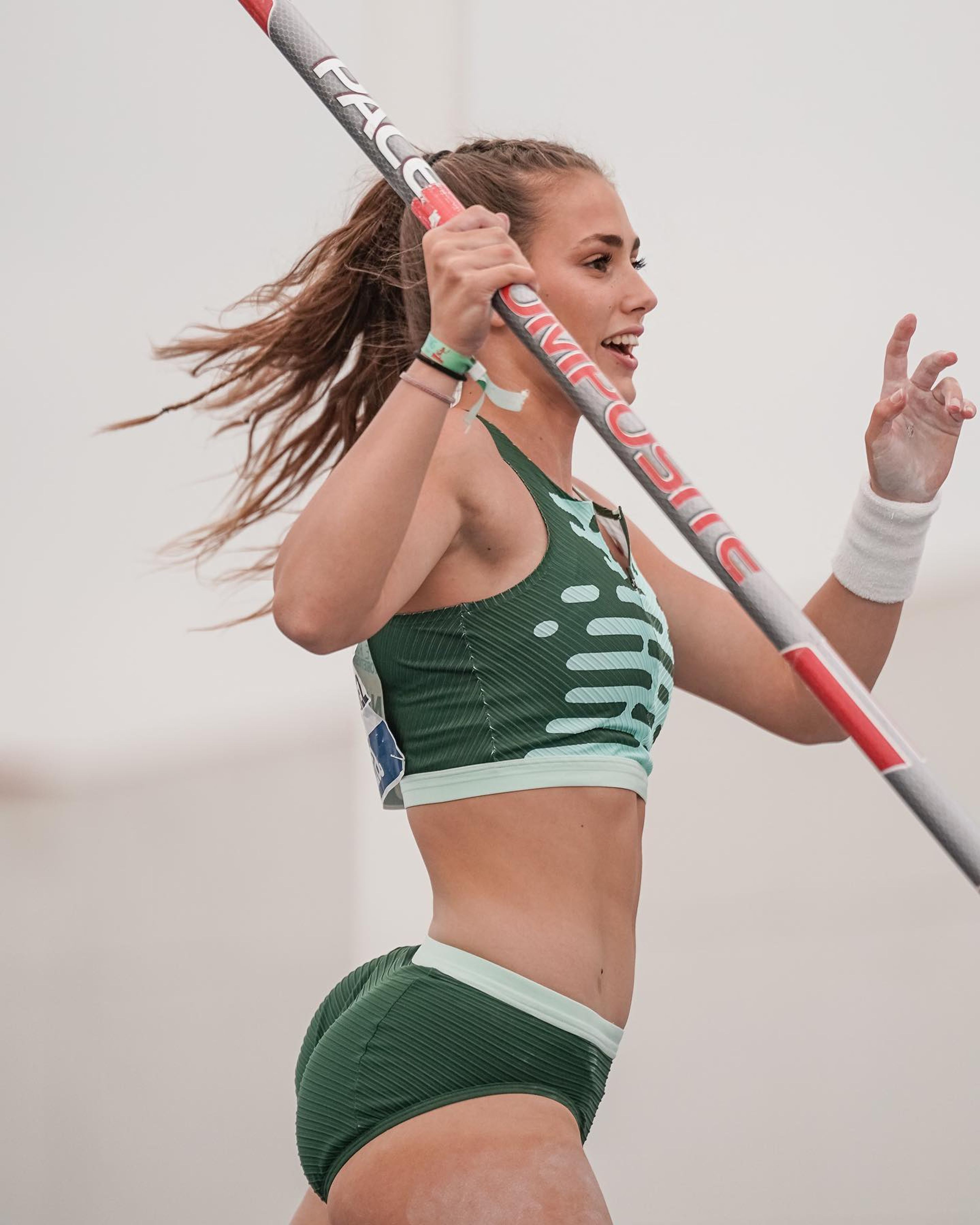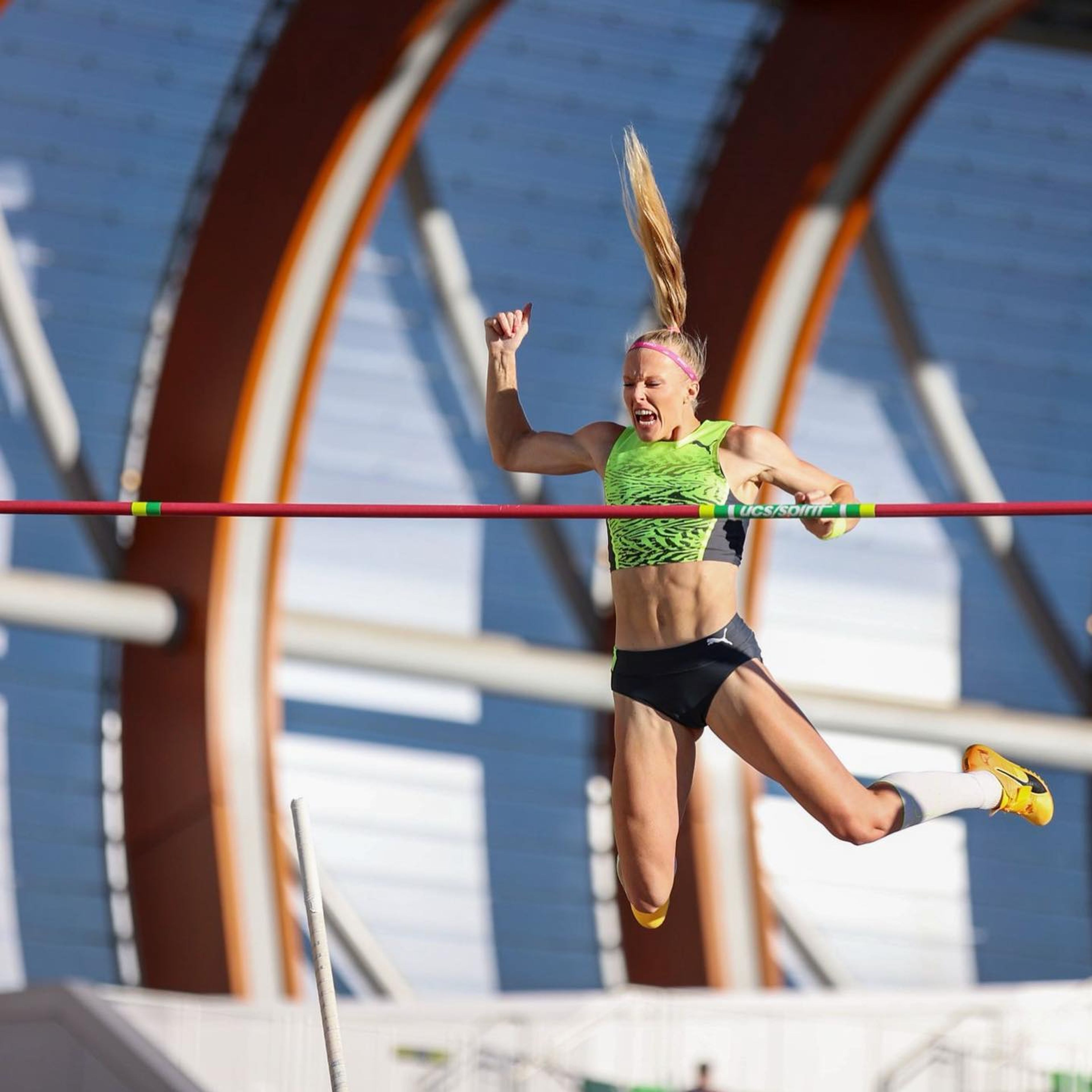Is Puma Beating Nike at Its Own Game?
Puma’s leaping over Nike in track and field, snagging stars like Christian Miller and Mondo Duplantis. Is Puma winning at Nike’s own game?
Well, well, well… here we are in 2024, and Puma is giving Nike a run for its money in track and field. Yes, you read that right. In a sport as pure as track, where all you need is speed, grit, and a whole lot of self-belief, the Swoosh finds itself staring down the leaping cat with some genuine nerves. For Nike, track is home turf, the sacred ground where it all began.
"But Puma is older than Nike, and why aren't we talking about Adidas and Mizuno..." go cry about that elsewhere.
Puma was founded in 1948 by Rudolf Dassler, following his split from Adidas, which was founded by his brother, Adolf. Puma made early moves in track and field, notably sponsoring sprinter Tommie Smith, who famously wore Puma shoes during his Black Power salute at the 1968 Olympics. But when people think about track and field, they think Nike. This is probably due to the fact that the US has dominated the medal count at the olympics, and they're plastered with Nike gear. For Puma, the recent moves in track and field are a chance to prove they’re just as fast, if not faster, than the original “fast brand.”
So, is Puma beating Nike at its own game? Let’s dive into it with the audacity of Usain Bolt on the starting line.
Nike, Built on Track, Now Falling Behind?
Once upon a time, there was a little startup called Blue Ribbon Sports. Two guys named Bill Bowerman and Phil Knight had a dream: to make the world’s fastest shoes for track athletes at the University of Oregon. And from those humble beginnings came Nike, the mega-brand with an iron grip on track and field. They’ve sponsored everyone from Carl Lewis to Sha'Carri Richardson and built entire events – the Prefontaine Classic, anyone? Track and field was the core of Nike’s brand DNA, something the Europeans would simply call “athletics.”
But fast forward to 2024, and Puma is now swooping in, like the underdog with nothing to lose, quietly but effectively challenging Nike’s throne. While Nike’s still repping a huge roster of stars, Puma’s taking the “quality over quantity” route, signing big names with laser focus. You’ve seen the highlights, right?
Mondo Duplantis setting world records with that yellow cat stamped on his gear, and now, Christian Miller, the hottest 18-year-old U.S. sprinter, choosing Puma over the NCAA. It’s a shift no one saw coming.
The Big Pivots: Puma's Selective Sponsorship Strategy
Let’s get one thing clear: Nike’s athlete roster is like a buffet where there’s everything from steak to sushi – massive, global, and occasionally a little overwhelming. They’ve got Sha'Carri Richardson, Christian Colemen, Chris Nilsen, and Christian Taylor. Nike has the breadth. But Puma? Puma’s got a sniper-like strategy, focusing on a handful of world-beaters and future stars, making every signing feel like a mic drop.
Take Usain Bolt. Puma didn’t just sponsor him; they turned him into the face of their brand, and it paid off big-time. Puma stuck with Bolt through three Olympic Games, six gold medals, and eight world championships, cementing itself as the “fastest brand.” And just when we thought they might cool down, they signed another young star, Christian Miller, the 18-year-old who went pro straight out of high school. A kid who ran a wind-assisted 9.95 in the 100m and dropped Nike’s rival for Puma, no NCAA needed.
Christian Miller’s Bombshell: "Fastest Athlete, Fastest Brand"
Imagine this: the hottest U20 sprinter in the U.S. doesn’t go to Tennessee or Florida. Nope, he goes pro and signs with Puma. Miller’s Instagram announcement summed it up best: “Fastest athlete, fastest brand.” The Puma team must’ve loved it. Here’s a high schooler calling them the fastest brand, not Nike, the company that literally started with track and field. And why wouldn’t Miller join them? Puma has a knack for letting their athletes shine, giving them a sense of autonomy and trust.
By the way, veteran sprinter Justin Gatlin even called it before it happened, claiming Puma should be the one “stepping up to the plate” and snagging Miller. And boy, did they. Puma went in for the win, and now they have an athlete who’s not just a rising star but a symbol of Puma’s bolder, sleeker approach to the sport. It’s not just a sponsorship; it’s a statement.
Track Budget Battles: Who’s Spending Smarter?
Nike, with its $46 billion in revenue, has sponsorship dollars flowing like Gatorade at the finish line. They’ve built a roster as massive as it is diverse. But Puma’s track-and-field sponsorship budget, though smaller, is like an espresso shot: compact, potent, and giving you an instant jolt. They’ve stuck to elite, high-impact athletes – Bolt, Duplantis, Warholm, and now Miller. For Puma, every dollar goes toward building a myth, not just a list of names.
Let’s break it down: Nike’s roster covers a huge range of events, which keeps them visible across the board. But Puma’s selective investment pays off by associating them only with stars – creating the impression that they’re a brand that’s not just in track, but dominates it.
Why Track and Field Is a Sponsorship Goldmine
You might ask, why even bother with track? Isn’t football, soccer or basketball where the big money is? Sure, but track and field holds a unique place. It’s the sport of the Olympics, a competition with global reach and no barriers – you don’t need a ball, a net, or even a pair of hoops. It’s pure athleticism, the essence of competition. For brands like Nike and Puma, it’s the ultimate stage for showcasing speed, performance, and innovation.
Track sponsorship builds a different kind of loyalty. Fans and athletes alike see these brands not just as gear providers but as symbols of excellence. And if you’re Puma, building your brand with icons like Miller and Duplantis, you’re creating an emotional tie with fans who see you as the brand that gets track and field.
The European Twist: Puma’s Winning in “Athletics”
It’s called “track and field” here in the U.S., but in Europe? It’s “athletics,” baby. And Puma, a European-born brand, knows exactly how to tap into that heritage. They sponsor top athletes from diverse backgrounds, making inroads in markets where track and field has a deeper cultural resonance. By sticking with an elite, Euro-centric roster, Puma is essentially winning over the “athletics” fanbase – a massive win in branding that Nike, with its broader approach, doesn’t capture in the same way.
Final Thoughts for the Shareholders
To the Nike shareholders clutching your stock certificates: don’t freak out. Nike is still a behemoth in track and field. But Puma’s making moves that are as sleek as a 100m dash. Their selective sponsorship approach is paying off, branding them as the underdog with a killer instinct – the David to Nike’s Goliath. If you’re a Puma shareholder, it’s time to lean back with a smug smile because your company is making smart, punchy moves in a space where every dollar has to count.
So, is Puma beating Nike at its own game? In some ways, yes. They’re snagging top talent and making a lot of noise with every signing, bringing a fresh vibe to the track and field world that makes Nike look almost… corporate. As track fans, we’re here for it. The sport just got a lot more interesting, and Nike might just need to tighten their laces if they want to stay on top.









